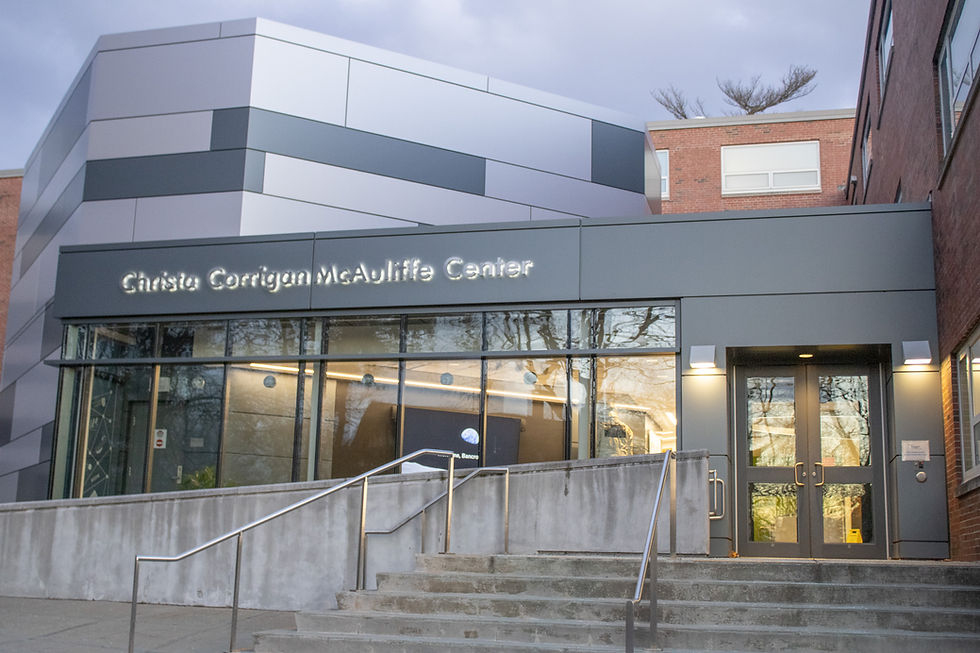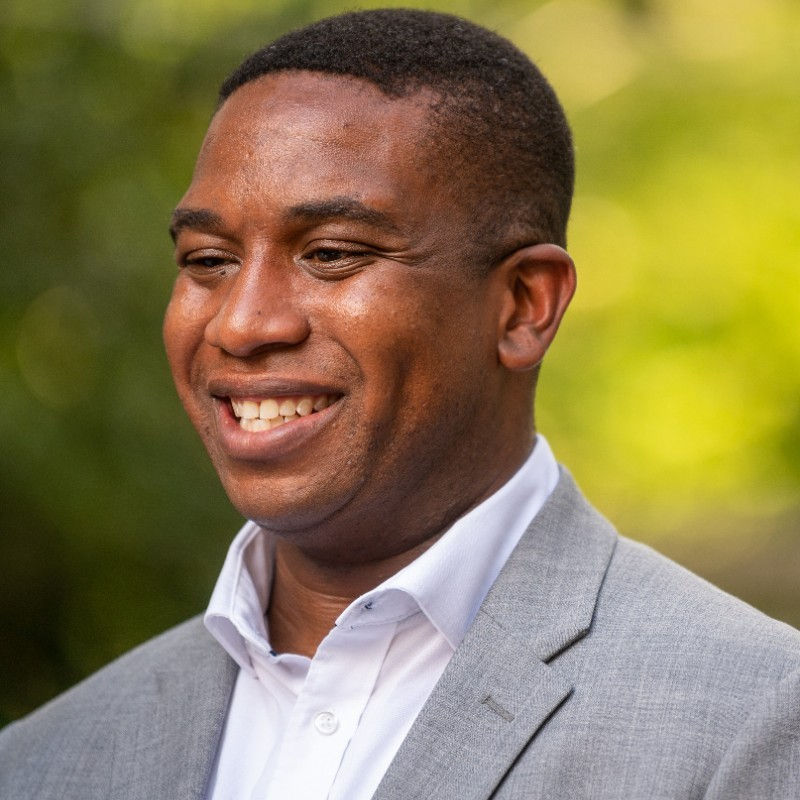Gatepost Interview: Sean Huddleston, Chief Diversity and Inclusion Officer
- Jesse Sannicandro
- May 4, 2017
- 4 min read
By Jesse Sannicandro
What was your favorite memory at FSU?
I think I would have to say it was the second year of the intercultural graduation celebration. It was the second year of the event, but the first year that I actually attended. And to witness students who really kind of beat the odds, if you will – students who are historically underrepresented and marginalized in higher education. Historically, not by the University, but historically achieve the goal of graduation and to witness people who are very special to them along the journey to be able to actually put a stole around their necks really kind of reminded me of why we do this work. So, I would have to say that was probably my favorite memory.
What do you think has been your greatest accomplishment at FSU?
My greatest accomplishment has been implementation the model and language of inclusive excellence, and I would say it’s two parts – so it’s establishing that and then creating an approach of collective impact where everyone really feels empowered and part of diversity and inclusion work. That’s the hardest part of this job, anywhere you go, is to get people to recognize that it’s not one person’s job, but it’s really everybody’s job to make a campus welcoming, inclusive, supportive and equitable. And so, witnessing the work that other people are doing and really knowing that in some small way that I had a part of making way and getting out of the way has been really rewarding.
Why are resources and programs such as Brother 2 Brother and FSU Alumni of Color Network
valuable?
They’re valuable for a number of reasons. First of all, from just a sheer equity perspective, it gets us to be more equity minded as opposed to simply just equality focused. ... Brother 2 Brother was originally established to really help find ways to help close the gaps in persistence in graduation retention for men of color at Framingham State University, and it really kind of blossomed into more than that, and they were able to attract those students who are part of the targeted population, but also allies, people who want to succeed and want to help them succeed. And it helped create this kind of self-efficacy – the sense of a kind of self-support and self-determination, I think, among the members. And so, with that, there is this idea of equity-mindedness that comes out of the idea of Brother 2 Brother. But ultimately,
what I think it helped to create is a campus environment that was much more inclusive, but also, one that shows that we aren’t about just being multicultural, but about being intercultural. And so, it’s the same thing with Alumni of Color Network, and any of the other initiatives that we have. It really is all about being able to get people from the margins to the main stage together. And that we focus more on what we have in common, than how we are different.
How do you hope the University will continue to evolve in terms of diversity?
We are technically two years into a <ve-year strategic plan for inclusive excellence. ... We still haven’t closed the gaps for underrepresented, underserved populations. There is a burgeoning need to have a new diversity focus around socioeconomic status. We still have work to do in support of our LGBT students, so the work continues. ... I hope that the idea now is that each department and division will take on their own strategic plan for inclusive excellence so that they have developed ways to kind of embed inclusive excellence in their individualized work.
Is there anything you hope the new chief diversity and inclusion officer will accomplish that you were unable to in the time you were here?
The issues around faculty diversity continue. And the provost is very committed to faculty diversity. All of the deans are committed to diversifying faculty as well. We just need to really kind of put the wheels in motion to make that happen even more. I also hope that some of the curricular opportunities, such as finding ways to kind of redesign the diversity studies minor and some of the other issues that we had on the blueprint. ... But, the new chief diversity [officer] who comes into play will have their own vision, and they should be allowed to implant that vision and move things forward.
What advice would you give to the new CDIO?
The first thing that they need to do is to listen and observe before jumping to any conclusions. We’ve done a lot of good work here, but there’s still work to be done. And then I would say that their fundamental job is to make way and get out of the way, and they should continue that here because there’s a lot of great people who can do a lot of great work here who are already doing a lot of great work and they should be supporting those people, not doing it themselves.
What will you miss about FSU?
I will miss Framingham State tremendously. This has been the highlight of my career – no question about it. It’s kind of a bittersweet ending because it’s a new, wonderful exciting opportunity to get closer to what we call home and do the work in that environment. But Framingham State is an amazing institution led by an outstanding president and wonderful executive leadership team here. So, I’m a little envious of the person who’s going to be coming in behind me, but I’m thankful for all the opportunity that came this way.





